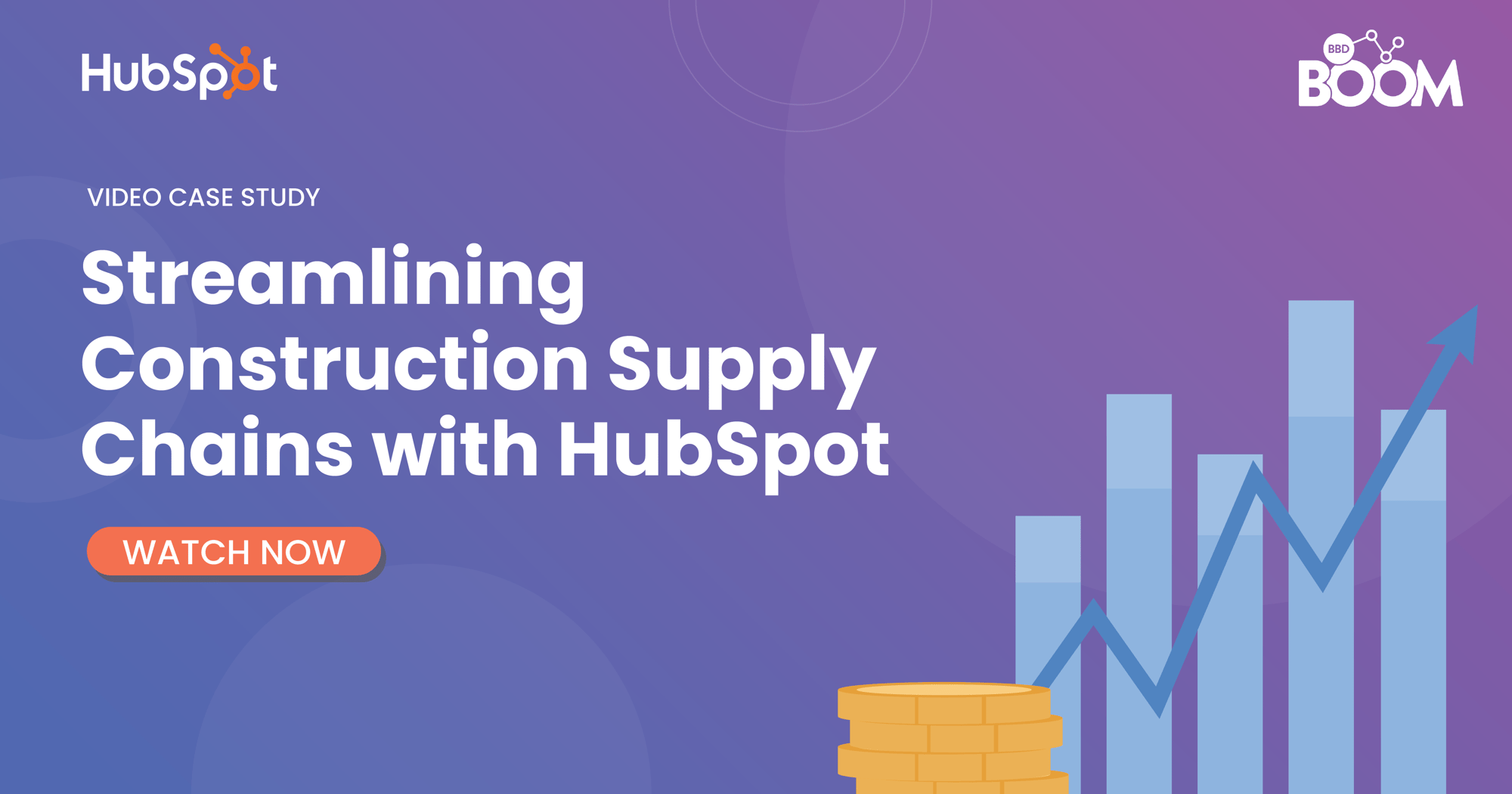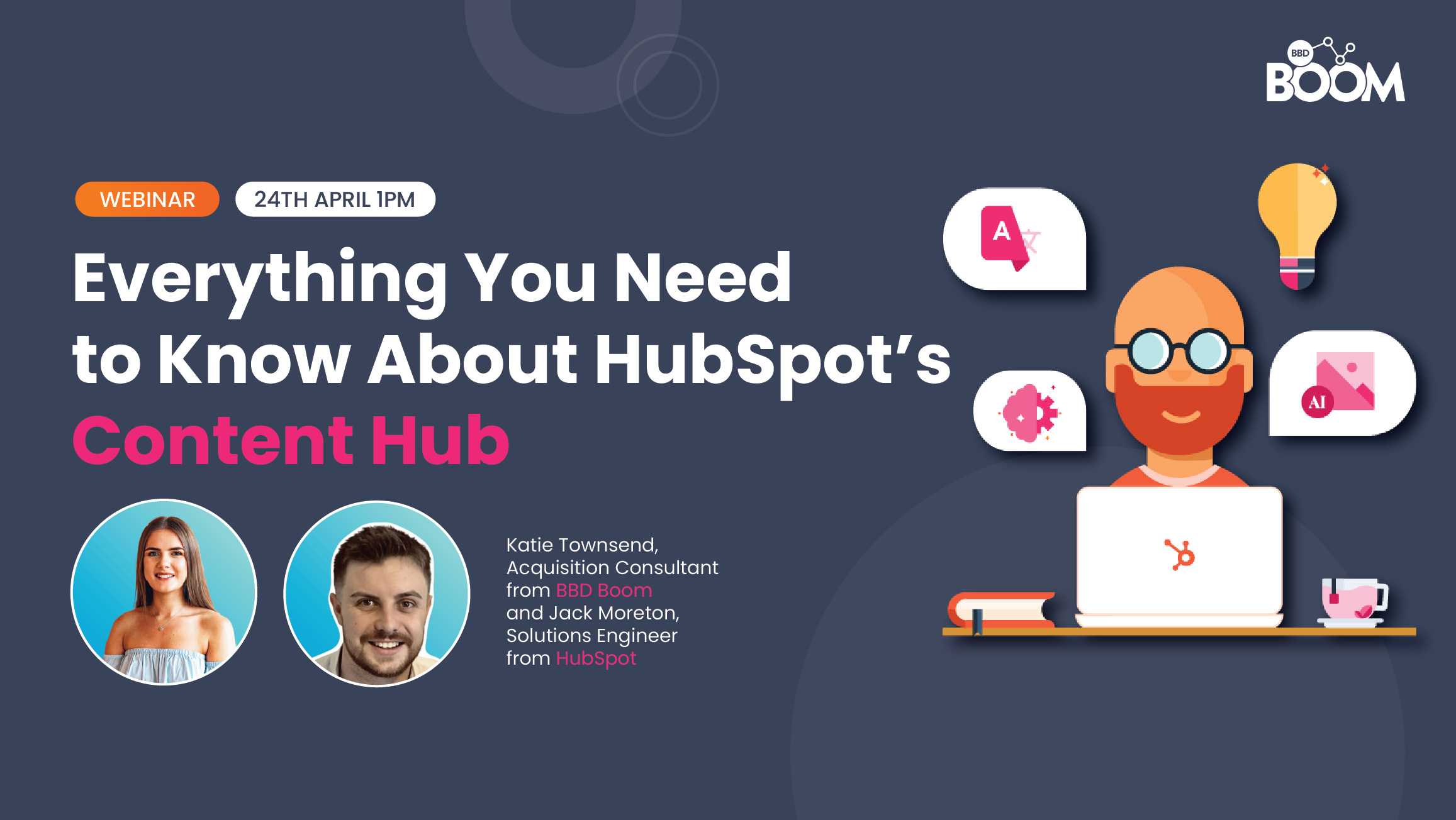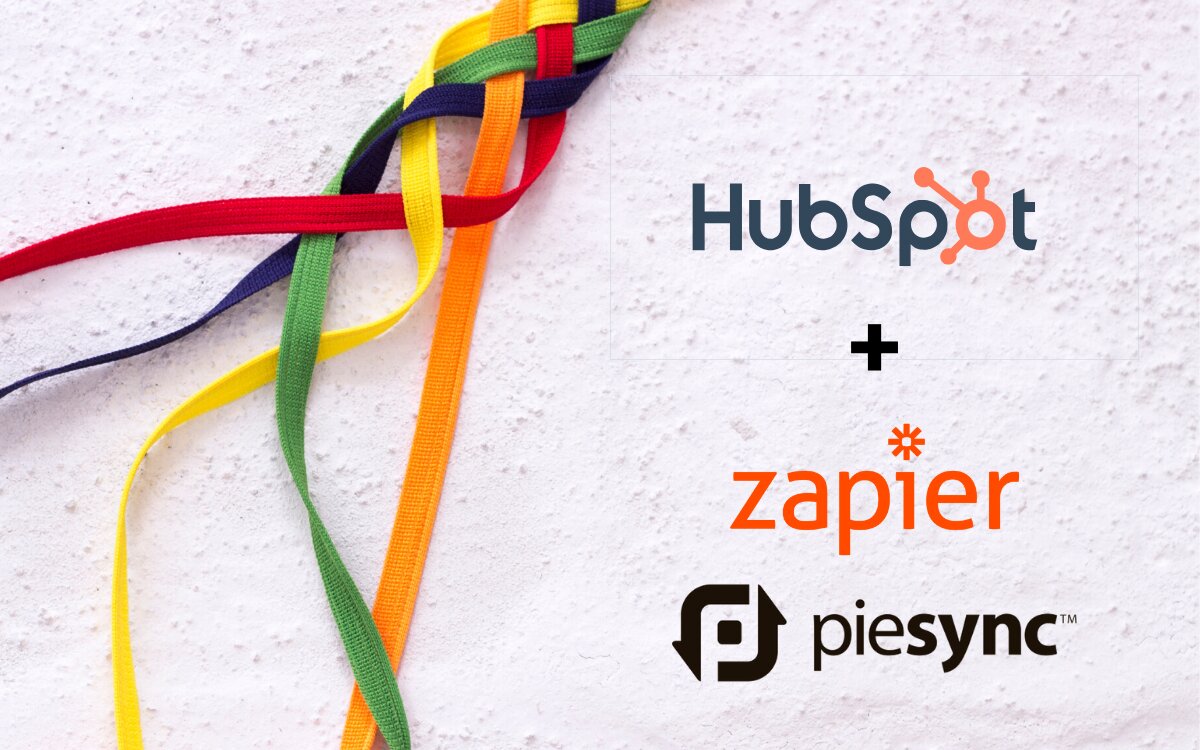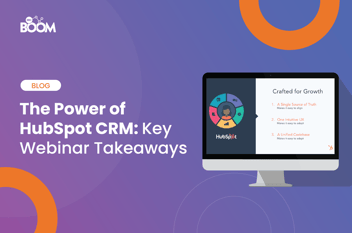HubSpot may be a powerful all-in-one tool, but if you have other platforms in use, you may find yourself wanting to integrate. From simple tasks like generating Slack notifications to more complex API integrations, there are a variety of tools and methods out there to help create those connections. But which one is right for you?
Well, it depends on what you want to accomplish and what tools you’re using. In this post, we’ll look at 4 different methods: HubSpot native integrations, Zapier, PieSync, and custom API integrations.
HubSpot native integrations
Luckily, HubSpot offers a lot of native integrations for use within the platform. Once you’ve signed up to the appropriate tool, configuring these is as simple as pressing a button. From SMS platforms to survey tools to webinar platforms, there are nearly 400 different options to choose from.
If a native integration is available, it’s usually preferable. However, these tend to be for very specific tools and functions, so it’s important to make sure your goals are supported. To see what’s available, click here to visit the HubSpot App Marketplace.
Zapier
If a HubSpot native integration isn’t available and you want to perform very specific tasks, Zapier works a treat. Zapier allows you to set triggers and responses between multiple apps, even creating chain reactions if you want.
The limitation for Zapier lies in the trigger functionality. It makes changes based on specific actions, so setting up triggers for multiple field changes or events could prove time-consuming and maybe even impossible.
PieSync
For 2-directional integrations that involve updating different records, such as HubSpot and your CRM, PieSync is a great option. You simply connect your two different systems and it creates a configuration portal where you can map one field to another. The integration then syncs all existing data rather than individual fields. Over 200 applications are supported, so it’s likely your chosen system is able to connect to HubSpot on the PieSync platform. In fact, HubSpot just acquired PieSync, so it’s probable that even more HubSpot functionality is on its way.
PieSync is very powerful, but it’s important to note that it currently only works for contacts. Deals and Tickets cannot be synced across. This isn’t the end of the world, especially if you’re using HubSpot for marketing and an external CRM for everything else, as you can create custom contact fields that indicate whether someone is in a deal or support ticket and at what stage. However, this workaround can get complicated, so you may be better off going with a custom integration if you find yourself in this situation. Which brings us to…
Custom API Integrations
The most complex and costly (yet most capable) form of HubSpot integration is a custom API integration. This involves writing custom code to map fields in one system to another and back again, with all the flexibility that custom coding brings. It’s time- and resource-consuming, but it’s by far the most powerful way to connect HubSpot with your CRM or other system.
Here at BBD Boom, we’ve connected HubSpot to Microsoft Dynamics, NetSuite and more using APIs. This is ideal for our clients who are ingrained in their systems but are keen to take their marketing, sales enablement and service capabilities to the next level.
There’s very little that custom integrations can’t accomplish, but there are limitations and complications. To learn more about what all is entailed, click here to download your copy of our ebook: The BBD Boom Guide to HubSpot API Development for Non-Developers.
Which one is right for you?
Well, it depends on what you want to accomplish. We recommend being diligent in your research to make sure that your chosen solution accomplishes what you want. Click here to learn more about our integrations experience and to get in touch.
To learn more about integrations click here.

.png)



.jpeg?width=50&name=1573666887630%20(1).jpeg)

.jpeg?width=90&name=1573666887630%20(1).jpeg)


